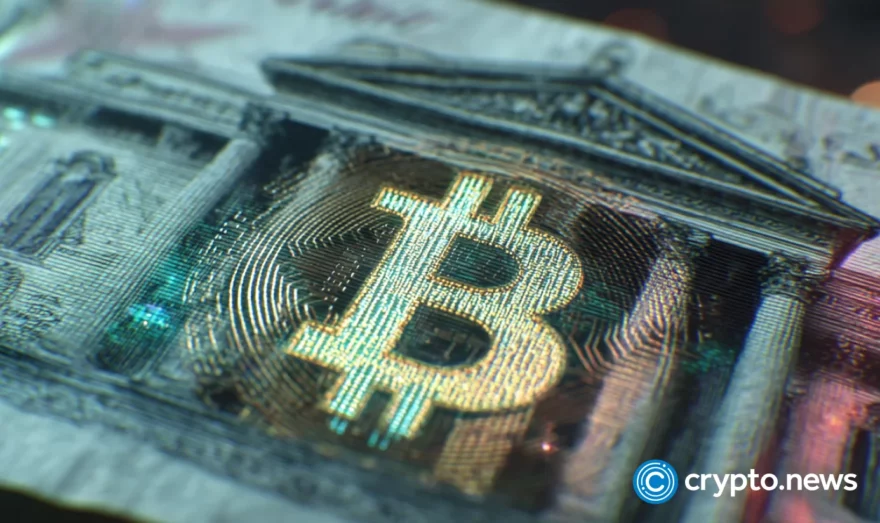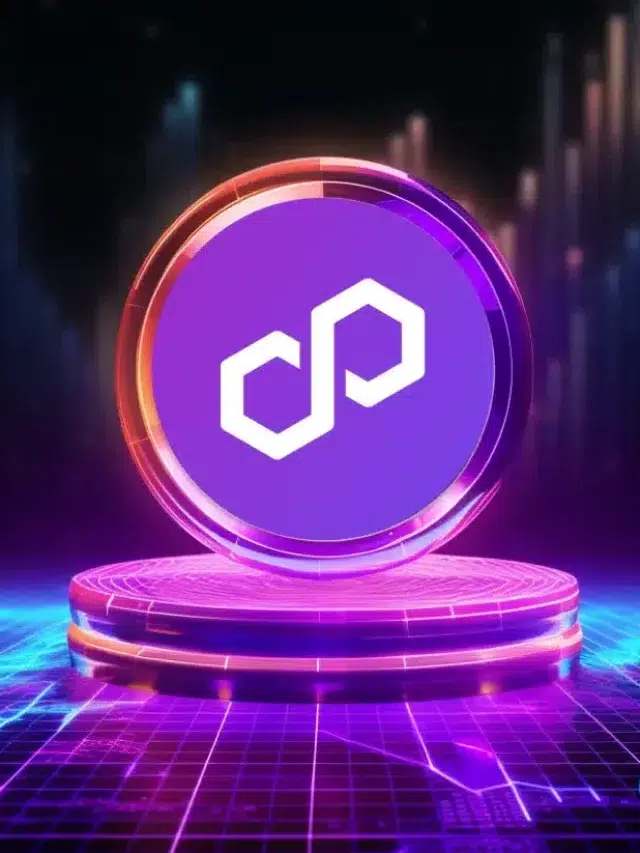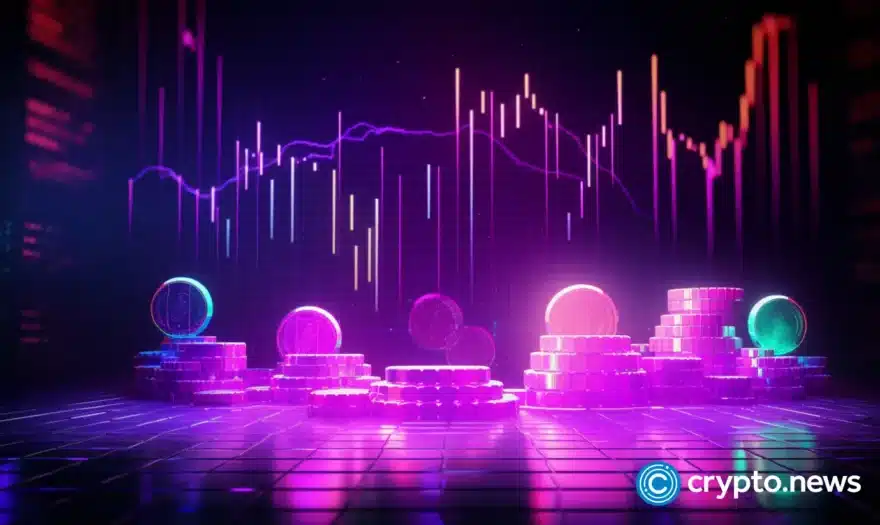What Is Polygon In Crypto & What Is It Used for?

The Polygon blockchain, powered by the MATIC token, is arguably the most popular Ethereum scaling solution, enabling users to interact with Ethereum applications at lower costs and faster transaction speeds. Read on to learn what Polygon is, how it works, and what it’s used for in the crypto ecosystem.
What Is Polygon?
Polygon is a decentralized platform for scaling Ethereum and building decentralized applications (DApps).
It is built on top of the Ethereum blockchain, acting as a layer 2 (L2) scaling solution. That means it solves Ethereum’s scaling problems, which are slow transaction speeds and high gas fees. Hence, Polygon seeks to improve Ethereum’s efficiency by providing fast and low-cost transactions.
The platform uses sidechains and a network of proof-of-stake (PoS) validators to achieve scale. Sidechains are clones of parent blockchains. They support the movement of crypto assets to and from the parent blockchain. The Polygon network can reportedly handle a maximum of 65,000 transactions per second on a single sidechain. This is way faster than Ethereum’s 10 to 20 transactions per second.
PoS is a consensus mechanism for public blockchains, where validators confirm transactions and keep the network secure. Validators stake MATIC tokens, which remain locked for a certain period of time.
Thousands of DApps have been built on Polygon, allowing users to access decentralized exchanges, blockchain games, NFT projects, and decentralized autonomous organizations (DAOs). The network plans to support more basechains – also called layer 1 blockchains – besides Ethereum in the future.
Polygon was formerly called the Matic Network when it launched in October 2017. It rebranded from the Matic Network to Polygon in February 2021. Jaynti Kanani, Anurag Arjun, and Sandeep Nailwal are the co-founders of Polygon. The network is backed by Binance and Coinbase. Also, companies such as Adidas, Stripe, and Meta are building projects on Polygon.
What Is MATIC?
After rebranding to Polygon, the team retained MATIC as the ticker for the network’s native token. MATIC is an ERC-20 token with a maximum supply of 10 billion tokens.
The words Polygon and MATIC are sometimes used interchangeably. However, Polygon refers to the project’s sidechain, while MATIC is the name of the project’s token.
When you use a Polygon sidechain, you pay transaction fees in MATIC. Moreover, validators keep the Polygon network secure by staking MATIC tokens. In exchange for their contribution to the network, validators earn rewards in MATIC tokens. The token is also used as a settlement currency on the platform.
MATIC holders will soon get a chance to vote on Polygon Improvement Proposals (PIPs), giving the token a governance role.
How to Interact With the Polygon Network?
The Polygon network is a layer-2 sidechain solution, where you can move Ethereum DApps, protocols, and tokens from the Ethereum mainchain to Polygon’s sidechains. You can also withdraw assets back to the Ethereum mainchain.
Users can move assets from Ethereum to Polygon and vice versa, but they need to use a bridge. Failure to do this can lead to the loss of crypto assets. Before sending tokens to an exchange or wallet, you need to first withdraw them from Polygon to Ethereum unless the exchange or wallet supports the Polygon network.
You need an Ethereum-based wallet like MetaMask to interact with the Polygon network. A bridge is used to move tokens from the mainchain to the sidechain. You can move tokens between Ethereum and Polygon through two bridges, namely Plasma and PoS.
Follow these steps to access a Polygon bridge:
- Open the Polygon website in your browser.
- Scroll to the bottom and click “PoS Bridge.”
- Connect your wallet.
- Once your wallet is connected, you’ll have access to the bridge, and you can easily move assets between Ethereum and Polygon.
What Is Polygon Used for in Crypto?
As an L2 Ethereum scaling solution, Polygon is used to avoid high gas fees on Ethereum. Users can also utilize this platform for faster transaction settlement.
The Polygon network supports DeFi protocols just like Ethereum. For example, lending protocol Aave V2 is available on Polygon. You can also use Polygon to mint non-fungible tokens (NFTs) on OpenSea. Users can access blockchain games, DAOs, NFT platforms, and many other decentralized applications on the Polygon network.
Those who believe in the future of L2 scaling solutions could purchase MATIC as an investment. Investors that purchased the token at the time of its launch have enjoyed an ROI of approximately over 19,000% at the time of writing this article. MATIC also ranks high by market capitalization and was among the top 20 cryptocurrencies when this article was being written.
The Pros and Cons of Using Polygon
Pros
Fast Transaction Speeds
Polygon takes about 2 to 3 seconds to confirm a block. On the contrary, Ethereum’s block time ranges between 10 to 35 seconds. One of Polygon’s analyses in 2022 revealed that the network processed 2.89 million transactions per day, a 2% increase from the previous week. This number is higher than Ethereum, which processed less than 2 million transactions per day that same week (July 25-31, 2022). This chart displays transactions per day on the Polygon network.
Low Transaction Costs
The same analysis shows that transaction costs were $0.02, a 13% drop from the previous week. This cost is pretty low compared to these estimated transaction costs on Ethereum and its top gas guzzlers.
Cons
It’s Built on Top of Ethereum
Once Ethereum implements the planned sharding upgrade after the Merge, gas fees could decline, and transaction speeds could increase. This could mean that Polygon may not be as relevant as far as Ethereum scaling is concerned.
Competition From Other DeFi blockchains
Polygon is not the only network that supports DeFi applications. Popular projects like Polkadot, Cronos, Solana, and Avalanche are coming out strong, competing not only with Polygon but also Ethereum.
FAQs
Is Polygon a Good Investment?
Just like other cryptocurrencies, Polygon’s token is volatile, making it a risky investment. However, if you believe in L2 scaling solutions and their future, you could invest in Polygon’s MATIC token.
Where Can I buy MATIC Tokens?
MATIC tokens are available for purchase on both decentralized and centralized crypto exchanges. For example, you can buy MATIC on Uniswap, Coinbase, Binance, FTX, Kraken, and Poloniex.
Can I use MetaMask to store MATIC tokens?
MetaMask supports Ethereum and various other networks, including Polygon. All you have to do is add the Polygon network to your MetaMask Wallet. Polygon is also supported by Coinbase Wallet and WalletConnect.
What’s the Future of Polygon?
Polygon plans to support other basechains besides Ethereum, making it interoperable between more layer 1 blockchains. Also, the project has launched Polygon Studios, which supports NFT, metaverse, and gaming projects built on the Polygon protocol. Hence, Polygon could emerge as one of the leading blockchain networks in these three areas.















